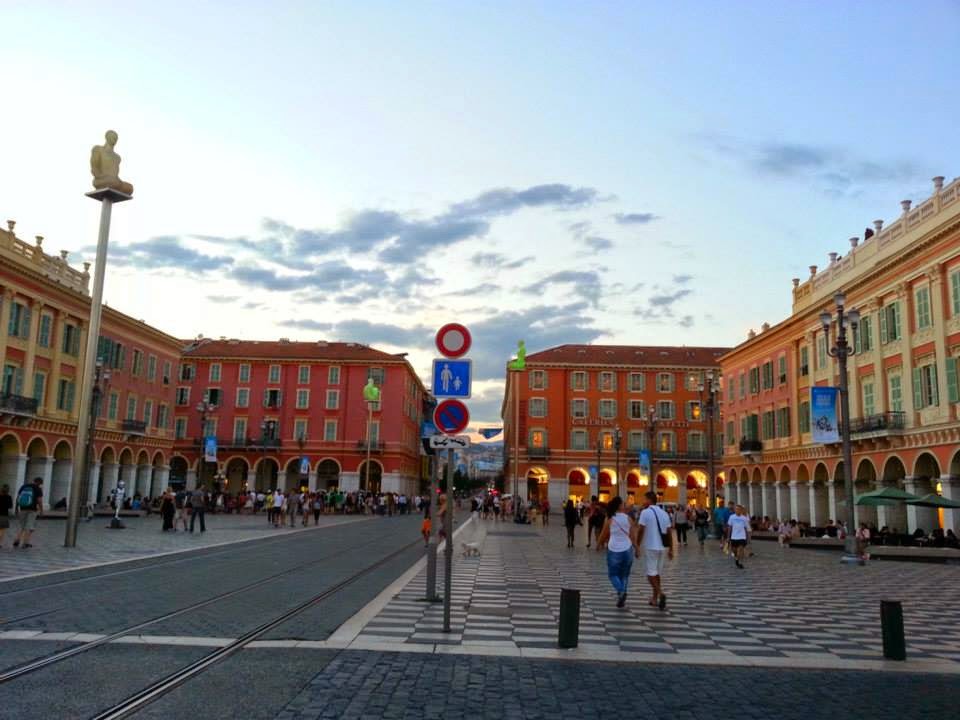As one travels to Taman Negara in Malaysia, the vestiges of civilization gradually drop off. The journey from the glittering, vertiginous skyscrapers of Kuala Lumpur to the oldest rainforest in the world is a journey backwards in time. Regarded as the world's oldest tropical rainforest, Taman Negara is about 130 million years old, the proverbial green heart of the planet.
Me and my husband set off from KL and a 4-hour bus ride later, we arrived at the Kuala Tembeling jetty where the next leg of the journey was to be by boat. The passage down the snaking river was unlike any other experience I have had. As the sounds of the mainland were left far behind, I felt more and more like the narrator/protagonist Charles Marlow journeying down the Congo river into the mystical core of nature in Conrad's magnificent Heart of Darkness.
The Tembeling river swollen by rain, heaved and sank against the sides of our boat and the sky darkened above our heads and the rain pelted down as if on cue. The banks of the river grew more untamed as the undergrowth spilled out of every crevasse and patch of land. The trees themselves changed character, untouched by time or human intervention they had been growing unchecked, fighting for survival as they arched their green canopy further towards the life-giving sun. The bird calls sounded alien in the late afternoon light. Everything was impossibly green, rain-washed and wild beyond the constricted
urban imagination.
By the time we arrived at our home for the next few days, the Mutiara Taman Negara Resort, right at the edge of the reserve, the light was fading. Ensconced in the middle of the jungle, this eco-friendly resort was designed to fit in with its surroundings seamlessly. There were no boundaries with the forest and the path running through it just meandered right into the forest. There was a soft spray of constant rain and the air was warm and dense. Oft-spotted denizens of the resort included long-tailed macaques, deer, fruit bats
that had its permanent residence in the verandah of our cottage. Then there was the surreal experience of befriending the over-friendly tapirs, a monochromatic creature that looked more like a mythical hybrid rather than part of any extant animal species.
The three days we spent there saw us taking several walks through the forest on the exciting canopy walk - a series of high tensile rope and wire bridges strung over the tops of the forest canopy allowing walkers an unparalleled vantage point. It drizzled all day with differing intensity as we clambered across swaying bridges, hundreds of feet above the ground. Although the activity is not recommended for those with tendencies towards vertigo, the 360 degree view of the forest, the river in the distance and the swirling mist that rolls in and out, more than makes up for the initial shaky knees. Down on the ground, the experience is entirely different.
Here, I saw the rainforest up close and understood for the first time in my life how the term 'steaming' could be applied to a jungle. The ground beneath our feet squelched and exuded vapours, everything was larger and somehow more feral - massive fungi overran their plant host, trees vied with each other stretched vertically as far as the eye could see, poisonous snakes, spiders and all manner of creepy crawlies waited in the dense undergrowth, while leeches silently drained unsuspecting walkers of their blood and we were glad of our sturdy trekking boots and leech socks at every turn. In the rainforest, nature is relentless and unforgiving. The Darwinian theory of natural selection is tested to its limit as plant and animal species fight it out in order to survive. The sky is barely visible and even the most intrepid trekker will be wary to wander these paths without an experienced guide.
Evenings in the rainforest are dark and best spent eating, drinking and discovering the simple joys of board games. Bereft of modernity, cell phone signals or cable television, one is glad for the small comforts in the wild - like the unexpected ice lollies in the solitary provision store.
On our last walk before we head back to civilization, we look one last time skywards. In my mind I see the ancient trees as gnarled sentinels who bid us a grim farewell just as they have to the thousands of travellers who have come and gone since the beginning of time.
(This was published in the New Indian Express, Bangalore on Sep 3 2014)
.jpg)


